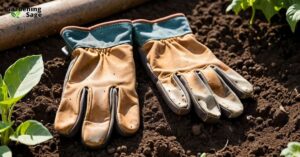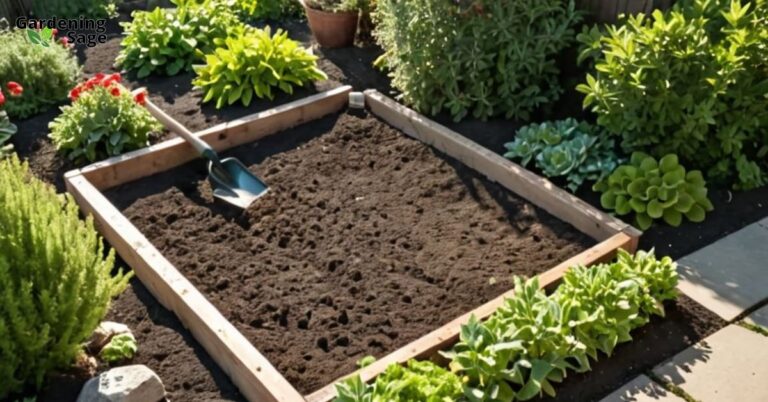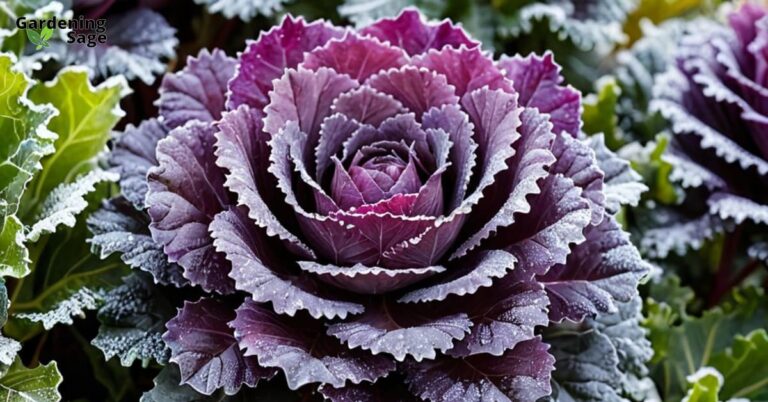The Art of Pruning: Essential Tips for Healthy, Productive Plants
Plant pruning is a vital gardening practice that can turn your garden into a lush, vibrant sanctuary. Mastering plant pruning techniques can promote healthier growth, increase flower and fruit production, and maintain an attractive plant shape. In this article, we’ll explore everything you need to know about plant pruning, including the benefits, timing, and the best tools and methods to use. For more tips on enhancing your garden, check out our guide on Crafting Beautiful Garden Landscapes.
Why Prune?
Pruning benefits plants in several ways, each contributing to the overall health and aesthetic of your garden:
- Removes damaged, diseased, or dead tissue, which can otherwise sap a plant’s energy and invite pests.
- Shapes and balances plant structure, ensuring stability and an attractive form.
- Increases air circulation and light penetration, reducing the risk of fungal infections and promoting even growth.
- Stimulates new growth, encouraging plants to develop more branches, leaves, flowers, and fruits.
- Maximizes flower and fruit production by channeling the plant’s energy into reproductive growth.
In addition to these benefits, pruning controls plant size, directs growth, and maintains plant health. With the right technique, you can sculpt lush, vibrant plants that are not only pleasing to the eye but also more resilient to environmental stresses.
When to Prune
Timing is key for effective pruning. Consider these seasonal tips to ensure you’re pruning at the right time:
- Late winter: Prune dormant trees, shrubs, and vines before spring growth emerges. This timing allows for vigorous spring growth and healing.
- Spring: Prune spring-flowering shrubs like lilacs and forsythia after blooming to avoid cutting off next year’s buds.
- Summer: Prune plants actively growing to shape and balance growth, and to remove any water sprouts or suckers that drain energy from the plant.
- Fall: Avoid major fall pruning that may impact winter hardiness. Pruning stimulates growth, which can be damaged by the cold.
Research specific plants to determine optimal pruning times. Pruning frequency also depends on the plant’s growth rate and the goals you have for shaping and production.
Pruning Equipment
Having the right tools makes pruning easier and safer for you and your plants. Useful gear includes:
- Bypass hand pruners: Makes clean cuts on stems under 1⁄2 inch diameter and is ideal for precise, close work.
- Loppers: With longer handles, loppers provide leverage to cut stems up to 2 inches in diameter and are perfect for reaching into dense foliage.
- Pruning saw: Saws through thicker branches that are too large for hand pruners and loppers, ensuring a smooth cut without damaging the plant.
- Pole pruners: Extends reach on tall shrubs and trees, allowing you to trim branches without the use of a ladder.
Sharpen tools regularly for clean cuts that heal quickly. Sanitize pruners between plants to prevent disease spread, using a solution of bleach or alcohol to disinfect the blades.
How to Prune
Follow these key steps for successful pruning, and you’ll be rewarded with a healthier, more beautiful garden:
- Remove dead, damaged, or diseased branches first to prevent the spread of decay and to improve the plant’s appearance.
- Thin inner branches to open up the center of shrubs and trees, which allows for better air and light penetration, reducing the risk of disease.
- Cut just above outward facing buds or branches to direct new growth away from the center of the plant.
- Make cuts at a 45-degree angle just outside the branch collar to promote healing and prevent water from collecting on the cut surface.
- Avoid leaving branch stubs or making flush cuts against the trunk, which can lead to decay and entry points for pests.
Take care not to remove too much plant material at once. Prune judiciously and focus on maintaining plant structure and vigor. A good rule of thumb is to never remove more than one-third of a plant’s overall foliage in a single season.
Aftercare
Post-pruning care boosts recovery and ensures that your plants remain strong and healthy. Be sure to:
- Disinfect pruning tools to prevent disease transmission. This is especially important when moving between plants that may have different susceptibilities to diseases.
- Water plants well after major pruning sessions to help them recover from the stress of pruning and to encourage new growth.
- Apply mulch to conserve moisture, suppress weeds, and provide a steady supply of nutrients as it breaks down.
- Stake up trees or shrubs if needed for support, especially if they are young or have been pruned heavily and may be vulnerable to wind damage.
With the right approach, pruning is an immensely satisfying and rewarding task. Take it step-by-step, arm yourself with sharp tools and horticultural know-how, and you’ll help your plants put their best leaves, flowers, and fruits forward. Remember, each cut can influence the shape and health of your plants for years to come, so prune with care and consideration for the future of your garden.














